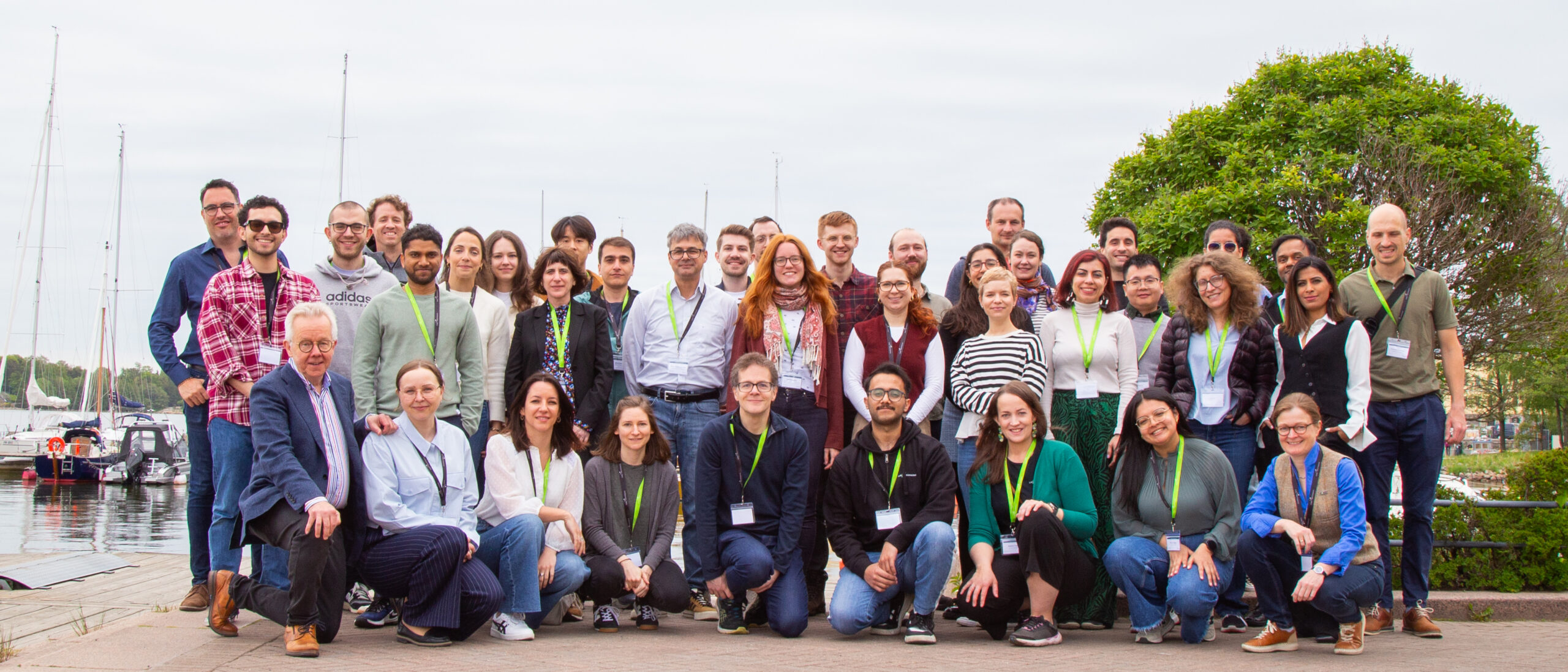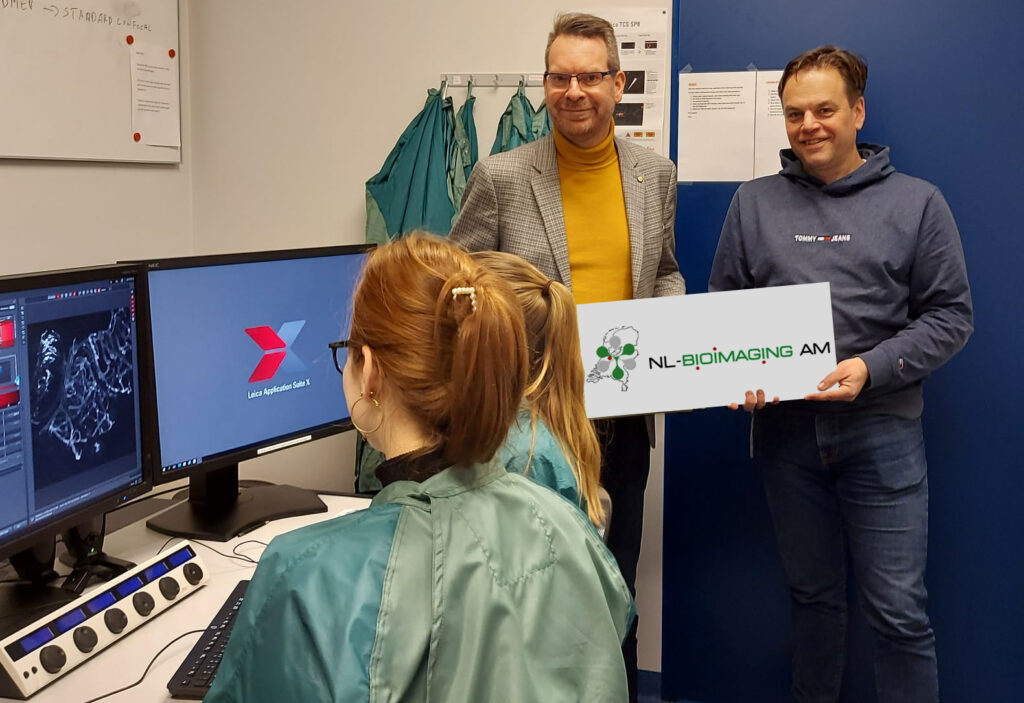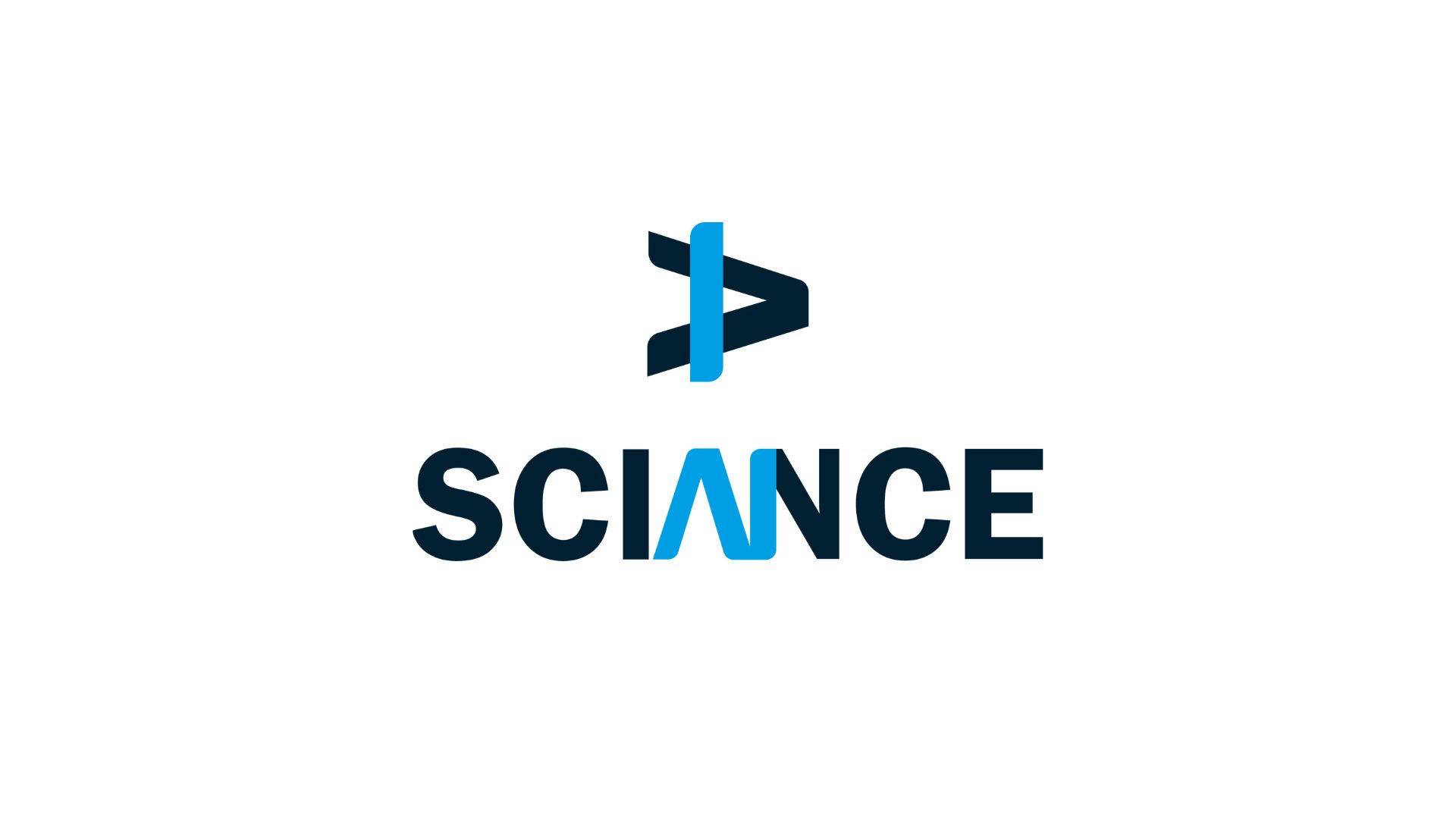
Congratulations NL-BioImaging on receiving funding for a fully integrated infrastructure!
Three hundred years after Antoni van Leeuwenhoek, father of live-cell microscopy, performed his last amazing research, a 25 Million Euro grant from the Dutch Research Council (NWO) provides important resources to NL-BioImaging, a distributed research infrastructure that brings together all academic Dutch microscopy facilities. Great news for seven Euro-BioImaging Nodes, who are part of this collaboration and will greatly benefit from a paradigm shift that channels funding to core facilities. We spoke to Eric Reits and Ben Giepmans, two of the architects of this consortium, to learn more about this grant and how it will benefit researchers in the Netherlands and beyond.
“This is an idea whose time has come,” says Eric Reits, a professor in the Department of Medical Biology at Amsterdam UMC, and NL-BioImaging (NL-BI) project leader and secretary for the Dutch Microscopy Society; NVvM). “In the past, core facilities have always lost out to the big PIs in these national funding calls, which are extremely competitive. But times have changed and so has our strategy. By working together with all 18 academic institutions across the Netherlands, we were able to build a case for investing in an ultra-competitive top-notch integrated microscopy infrastructure that will serve the needs of PIs in the Netherlands and beyond, now and in the future.”
“To prepare this proposal, the funding agency requested that we work together in a Life Sciences & Enabling Technologies group to decide together how the funding money should be used. The group decided that imaging technologies were one of the priorities for the future of life sciences research,” explains Ben Giepmans, Group leader at UMC Groningen, chair of the NVvM and involved in the Netherlands Electron Microscopy Infrastructure (NEMI) and Euro-BioImaging Dutch CLEM Node.

Indeed, the required investments in high-tech imaging instrumentation, as well as challenges in the development of fluorescent probes and data-analysis tools have become impossible to sustain for individual life science laboratories or even individual microscopy facilities. NL-BI, working side by side with the NEMI and the NVvM (www.microscopy.nl) to overcome these challenges by jointly bridging technology gaps and offering access to advanced imaging in complex systems at all scales.
“In this context, being part of Euro-BioImaging ERIC was clearly an advantage for us,” explains Eric Reits. “Not only because we were already working together, but also because the core values that unite us within Euro-BioImaging - providing open access to cutting-edge imaging expertise & infrastructure - are the values that underpin the proposal. Demonstrating our commitment to these values was easy since we were not starting from scratch, and that was crucial,” states Eric Reits. “And support from Euro-BioImaging Bio-Hub Director Antje Keppler to help prepare us for the mock interview was greatly appreciated.”
“With the funds, we will invest in intravital imaging and high content imaging, connecting nicely to correlative microscopy and fast on the fly, 3D imaging. We will also invest in personnel for data analysis, and engineers for smart microscopy. And finally, a portion of the money will go to training. We believe it’s crucial to continue to train our core facility staff. To stay competitive, we have to train the people who are training the scientists of tomorrow,” says Ben Giepmans. “And here again, we are not starting from scratch. We will strengthen and expand the excellent training programs we already have.”
NL-BI will develop and connect state-of-the-art technologies and services for functional imaging of live processes to investigate phenotypic heterogeneity, responses, and mechanisms. A dedicated national FAIR data-management and analysis team will link all Dutch microscopy facilities, and enable greater reuse, mining, and interlinking of large amounts of image data generated using novel artificial intelligence (AI) tools. High-content and functional imaging will create the necessary foundations to integrate microscopy with the omics technologies (‘visual omics’), requiring on-the-fly data analysis and smart microscopy.
By connecting these components, NL-BI will enable fundamental insights and innovative applications, such as development of biomarkers, vaccines, and personalized medicine for complex disorders such as cardiovascular disease, cancer, diabetes, and neurodegenerative disorders.
“The timing is really great,” says Ben Giepmans. “Innovative microscopy has been crucial to the life sciences since Antoni van Leeuwenhoek started looking at microscopic life forms in the 1670s. More than three hundred years later, this grant will give us the funds needed to continue to build a competitive, integrated microscopy-based research infrastructure for the future. And this is also the year that NL-BioImaging will organize ELMI, a conference that brings together light microscopy core facility staff from all across Europe.” (See the ELMI program and register here.)
The resources will be rolled out across the core facilities over the next five years, but the commitment to work together and build an integrated infrastructure will span the next ten years.
Potentially, this funding award could provide impetus to unite the Dutch Euro-BioImaging nodes. “If we can do NL-BioImaging together,” says Eric Reits, “Then we surely can speak with one voice within Euro-BioImaging in the future.”
One thing is sure, by providing coordinated access to the Netherlands’ best imaging technology and analysis platforms, the NL-BI roadmap proposal will achieve much-needed excellence in advanced optical microscopy to secure the international competitiveness of Dutch life science research.
More news from Euro-BioImaging


